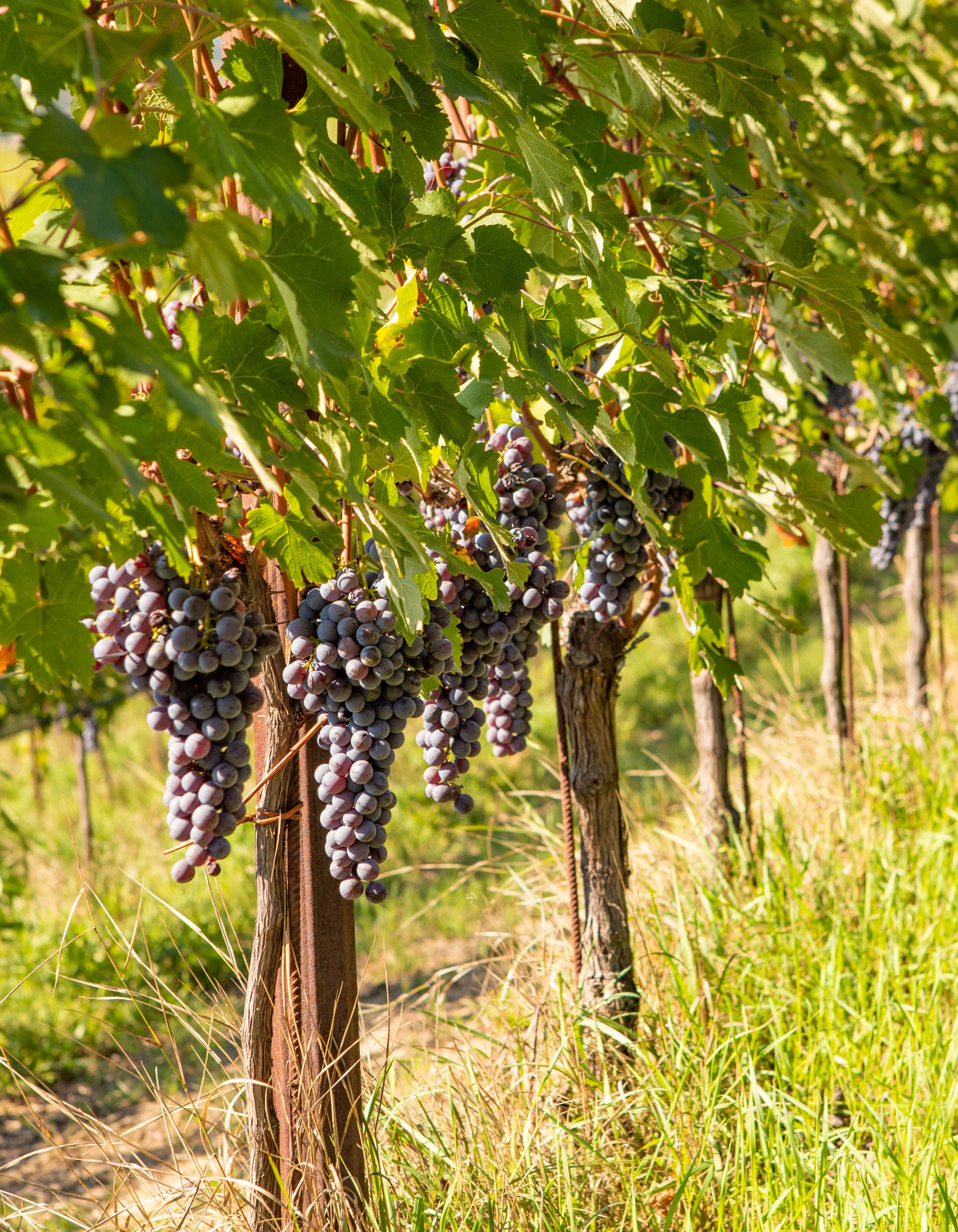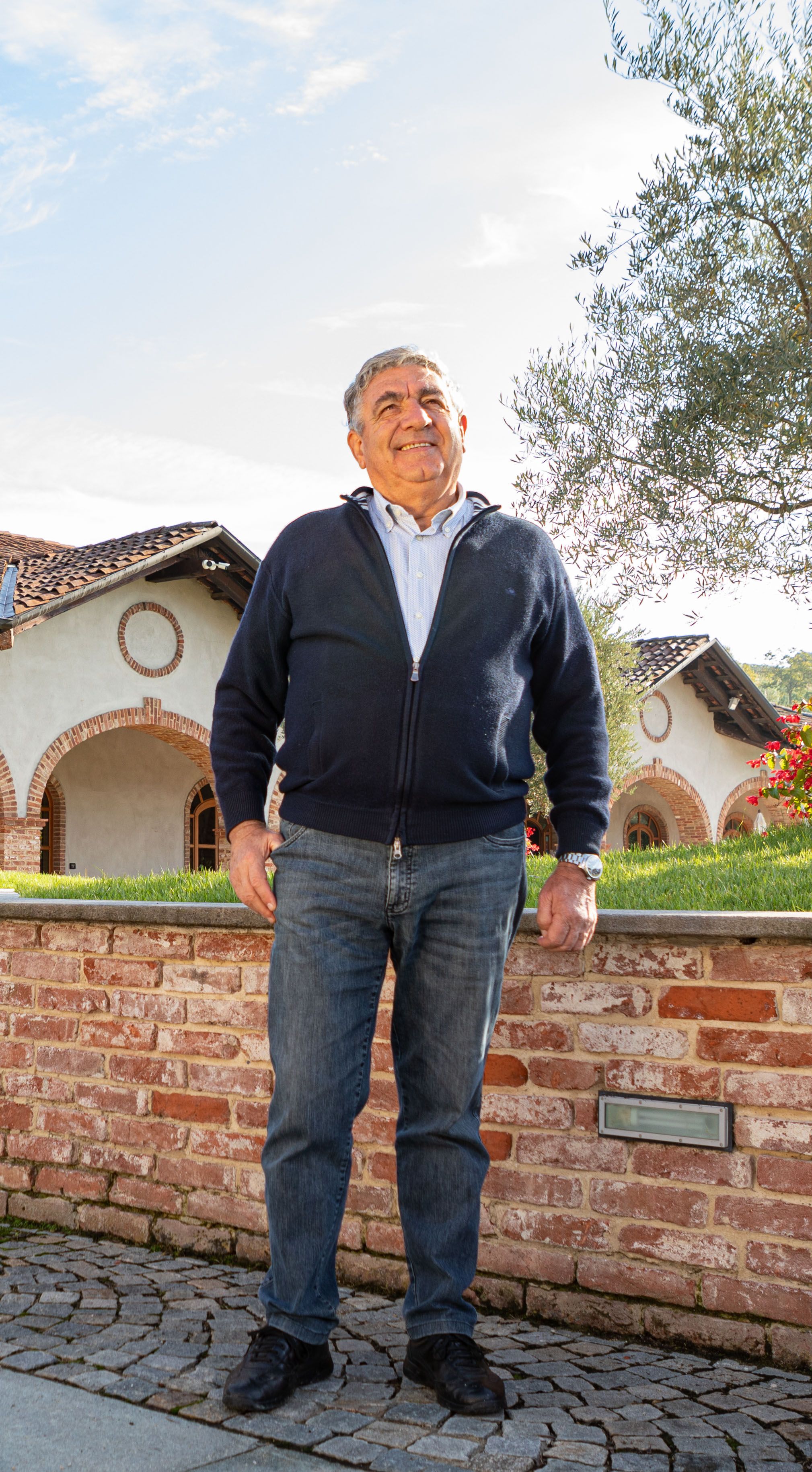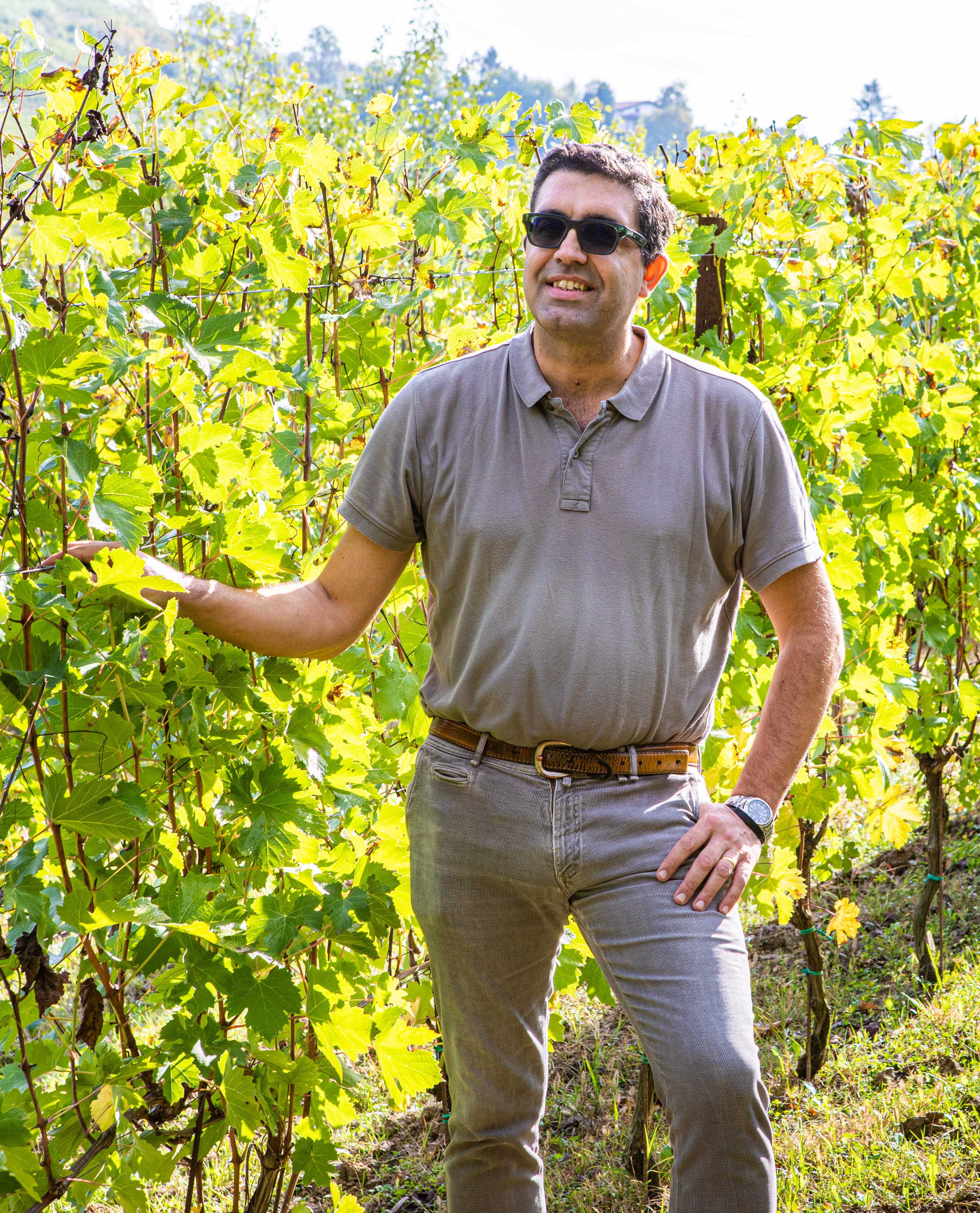Cultivating sustainability in the ancient craft of winemaking
A family’s long-held passion for wine and regenerative farming

There has always been an appetite for fine Italian wines and none more so than in the beautiful district of Roero in Piedmont in northwest Italy. Giovanni Negro’s ancestors have been cultivating vineyards in these hills since 1670. Today, he and his family have built up the business Angelo Negro and manage around a hundred hectares of farmland mostly dedicated to viticulture. Their award-winning wines are testament to their care and dedication but also to their commitment to sustainable farming practices known as Regenerative Agriculture.
There is a deep-rooted respect for the land and the growing environment
Regenerative Agriculture is the regeneration of soil and a plant’s ecosystems and is much more than just a marketing term. It’s a food production system that nurtures and restores soil health, protects biodiversity, water resources and the climate whilst enhancing productivity and profitability. It blends innovation with tradition and is an evolution of practices often dating back generations because increasingly researchers are uncovering new advantages to them.
Growing cover crops boosts soil health and biodiversity and limits erosion
The Negro family has developed a series of sustainable practices that work for their needs. One of those is growing cover crops between the vineyard rows. At Angelo Negro they plant a low growing herbaceous perennial grass Festuca (Fescue) because it especially suits the soil and their winemaking goals. These crops can help keep the soil cool and nurture the humus, the underground layer which holds many important nutrients and microbial life essential for healthy plants.
Different cover crops offer different benefits such as aerating the soil or helping with water penetration. They can help control erosion which is especially important in Piedmont because the vines are established on steep hillsides. When the rain hits the cover plant it breaks the raindrop’s energy and is not hitting the hard soil and running off but is more likely to sink into the ground. Furthermore, a diversity of roots influences nutrient availability and supports the overall vitality of the vine. The roots of cover crops also work to promote carbon capture as soils are one of the most important carbon sinks. When practices that maximize carbon inputs to solid, such as planting cover crops are combined with practices that minimize carbon losses such as no tills, soils can sequester significant amounts of carbon which can help combat climate change.
Roero is situated just three miles from the legendary wine areas of Barolo and Barbaresco and visitors are increasingly drawn here in search of aromatic white truffles as well as the red and white wines. The family proudly produce twenty-one fine wines which they make from native grapes such as Favorita and Arneis (white fruit) and Nebbiolo, Barbera, Bonarda, Dolcetto and Brachetto (red fruit). They also cultivate vines in nearby Langa and Barbaresco and in the ancient site of Serralunga. Their domestic market is strong with 40 percent of their wine sold in Italy but they’re also excited to be constantly expanding their foreign markets and currently operate in 25 other countries.
As he talks to us, Giovanni Negro looks out across the rolling Piedmont hills dotted with ancient monasteries. He reflects on growing up in a rural environment in which genuine poverty was felt. “I can remember a time when I ploughed the vineyards with my cows” he tells us. The lessons he learned about respecting and nurturing the environment have become an important part of the company’s production philosophy. This has always been at the front of their minds as they’ve built up the business from what their forefathers provided. And it’s been a huge team effort. “We couldn’t have done all of this without our people and without the support of my wife and our four children who work in different ways across the business”.

Festuca - a low growing grass is planted between vineyard rows to protect and enrich the soil.
Festuca - a low growing grass is planted between vineyard rows to protect and enrich the soil.

Giovanni Negro – owner of the Angelo Negro business.
Giovanni Negro – owner of the Angelo Negro business.
The environment the vines grow in is crucial to making good wine
Of course, the makeup of the soil the vine thrives in is important. The wines here take their identity from the geographical and geological origins of the region. In general, the soils are a combination of marl and sandstone that’s rich in salt and marine fossils.
Regenerative Agriculture has the potential to help repopulate an ecosystem with beneficial fungi, insects, mammals and birds. Likewise, a diverse set of crop and livestock rotations progressively interrupt destructive weed cycles making the entire system more resilient to shocks such as extreme heat or floods. Growers worldwide are increasingly confronted with pressure on natural resources like soil, water and biodiversity. In recent years in the Piedmont region alone, the full impact of global warming and extremes of weather has brought torrential rain, sudden frosts, extreme heat, and droughts which have affected the quality of grapes harvested and increased the susceptibility of vines to pests and diseases. These extremes of weather are something Giovanni’s son Angelo understands all too well. He monitors data from weather stations to try to better understand the changing situation.
“When it rains, we get many millimeters of water in such a short time which causes real problems with soil erosion” he tells us. In years gone by, especially in spring, many in the region have been impacted by the effects of climate change. But he refuses to despair. “We have been able to mitigate or solve problems through innovative products and solutions”
There have been a number of Syngenta-backed regenerative initiatives they’ve embraced such as Operation Pollinator, an international biodiversity program to boost the number of pollinating insects on commercial farms. Similarly, the family have fully embraced a scheme called the Interra Farm Network which aims to show sustainable practices can go hand-in-hand with productive agriculture. It brings growers together to allow others such as students or decision-makers to get first-hand experience of sustainable practices through on-farm demonstrations. In addition, they’ve participated in various water and waste management schemes, a wider grape quality agreement and have learned about the benefits of Syngenta Biologicals and precision agriculture.
Homemade worm compost provides nutrition
And as if that isn’t enough, the family pride themselves in having created a home-made worm compost which is a natural treatment rich in enzymes and micro-organisms essential to nourish the vine. This organic fertilizer made of earthworm castings is a solid alternative to chemical products and helps maintain and restore soil fertility. Harvesting the grapes is done by hand Giovanni tells us, and they’re placed in large crates to preserve their quality. But even the pruning and harvesting process is self-scrutinized; when cutting back a vine, fallen leaves which attract biomass are simply incorporated into the soil. In fact, many grapes they pick, if not to the correct standard, are left on the ground, such is their goal for quality not quantity.
Regenerative practices are helping maintain this historical wine culture
The vineyard landscape of Piedmont with its cultural heritage of winemaking was declared a UNESCO world heritage site in 2014 because of its importance in Italian history. Vine pollen was found in the area dating from the 5th century BC when Piedmont was a place of trade between the Etruscans and the Celts and even wine-related words are still found in the local dialect.
These processes have the potential to transform agriculture from a source of greenhouse gases towards net carbon drawdown
Interest in Regenerative Agriculture is growing and just as large food value chain companies are committing to sourcing ingredients produced through regenerative practices, so too the wine world is reacting to changing demands. Where once a manicured vineyard was seen as ideal, now a more open to nature approach is sought after and the soil is not sterile or degraded but rather enhanced by these practices.
Regenerative Agriculture can provide part of the solution to tackling the huge issues of climate change and food security but there is still a long way to go and much more is needed by way of investment, cooperation, and leadership.
From just two hectares, Giovanni Negro and his family have built up this successful business through a passion for wine making and an unwavering respect for the land and the environment. They have made some agronomic mistakes on this journey, but they have also learned from them. They are already looking to the future and planting new vines close to a fourth vineyard where they have started producing hazelnuts. For Giovanni’s daughter-in-law, Annalisa Palluda, the sustainable processes that they have committed to are never far from their hearts. “The highest quality of wine is our mission, but a more sustainable style of farming makes sense not only from a health and economic perspective but also because it leaves the land enhanced and ready to pass onto future generations” she says. And her advice for those generations? “Learn by staying curious about these newly evolved practices whilst keeping the traditional ways of your forefathers in mind too”.

Angelo Negro – Managing Director.
Angelo Negro – Managing Director.

Vintage wine bottles from Angelo Negro.
Vintage wine bottles from Angelo Negro.

